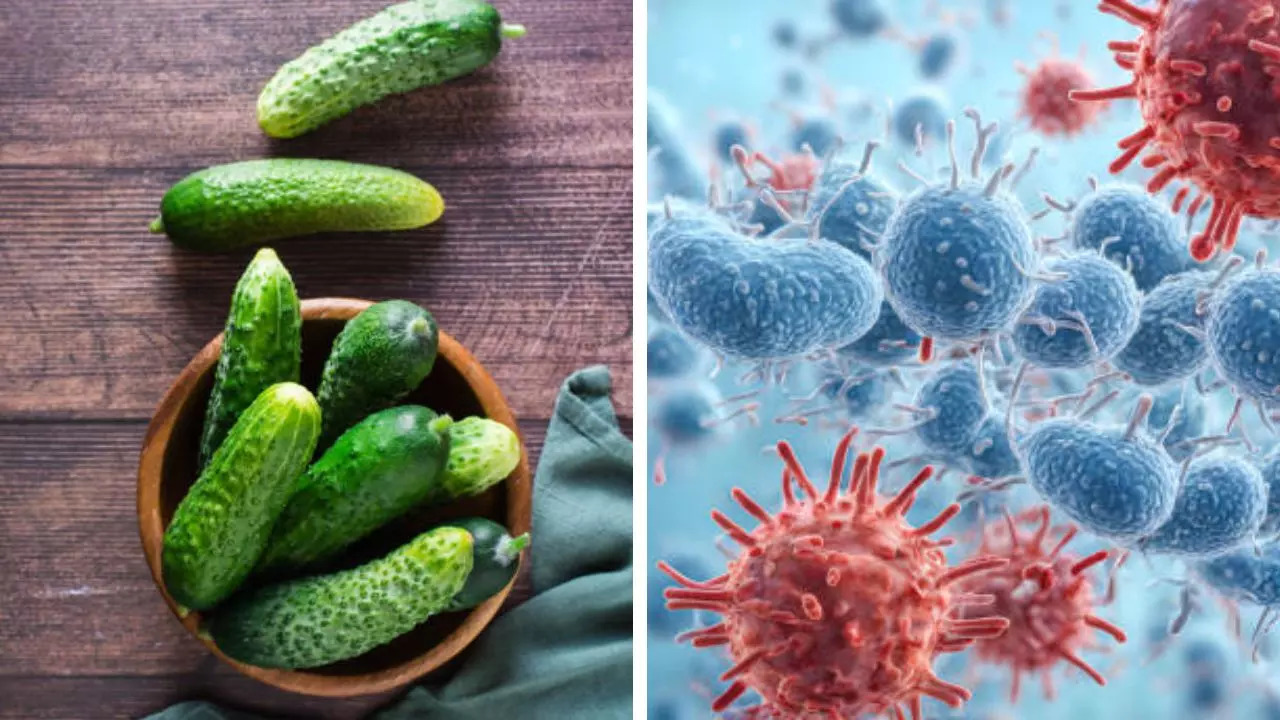
Yesterday, Andhra Pradesh's Telugu Desam Party claimed that a recent lab report found the presence of 'beef tallow' in the ghee used to make the laddu of the renowned Tirupati temple. The party alleged that the previous government was behind it. Even before, there were allegations that the ghee procured by the temple for laddu preparation was of low quality.
Meanwhile, what is 'beef tallow?' Is it bad for health? Let's find out: According to the Mayo Clinic, it is a white-coloured substance "Made by removing, simmering and clarifying the fatty tissue surrounding the organs of ruminant animals." It is solid in room temperature and is used for cooking activities like roasting and deep frying. Health benefits of beef tallow While beef tallow might not be welcome in prasads and laddus, experts generally consider it a healthy fat.

Due to its unique fat profile, it is widely used in the cooking and wellness industry these days. Including small amounts of it in your diet is said to bring various health benefits, like preventing plaque buildup in arteries and improving immune system functions, bone health, cellular function, and skin health. Beef tallow for skincare The Mayo Clinic says beef tallow is good for your skin and can be gentle on sensitive skin.
It can lock in moisture, reduce oil, and also reduce the risk of heart diseases..














